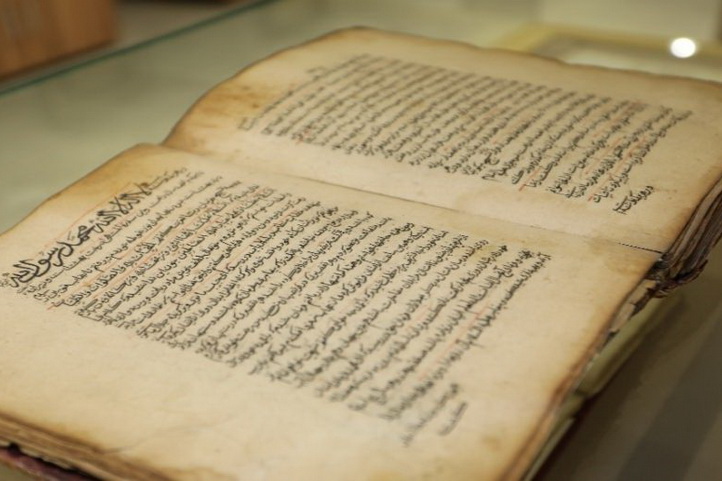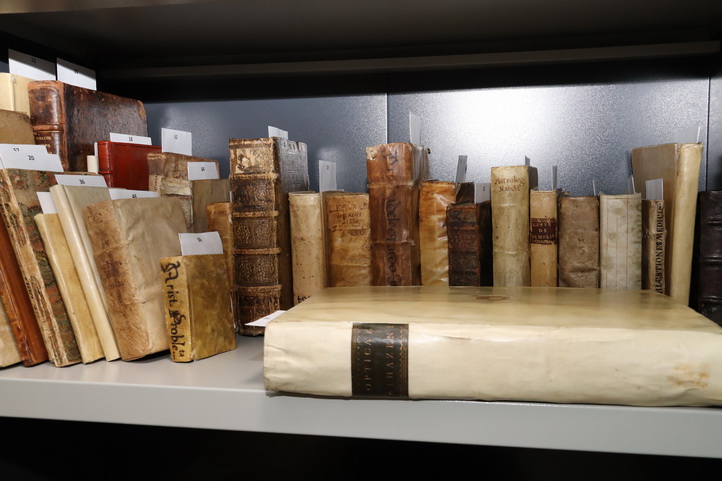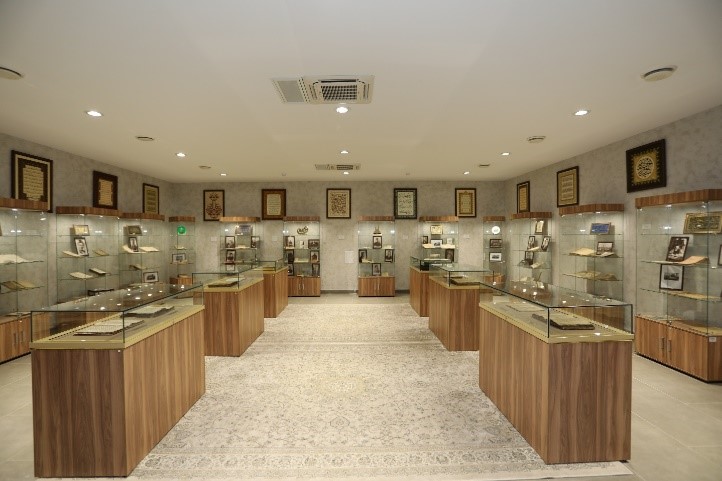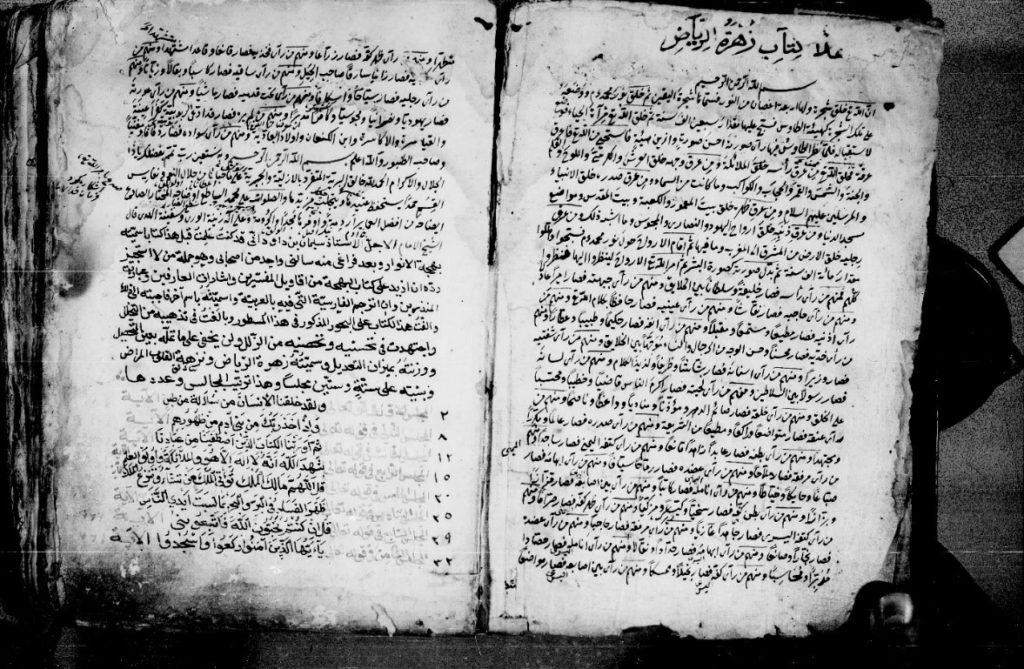Islam Diné







Contact us:
Suleiman Rakhimov – Head of the Islamic Heritage Center
1A Kul Gali St., Bolgar, Republic of Tatarstan, Russian Federation
Work hours: from 8:00 to 17:00
Phone: +7 (843) 590-23-72
Fax: +7 (84347) 3-15-19
E-mail: Suleyman.Rahimov@tatar.ru
